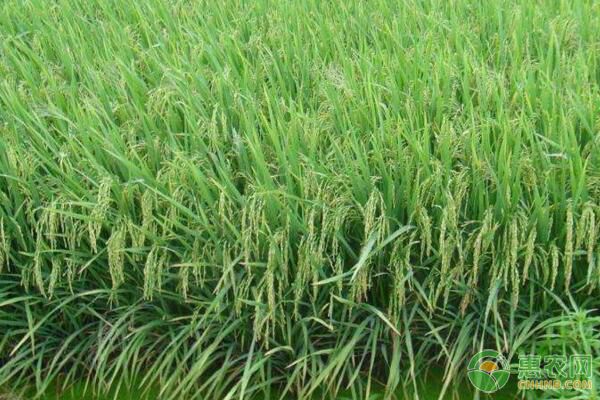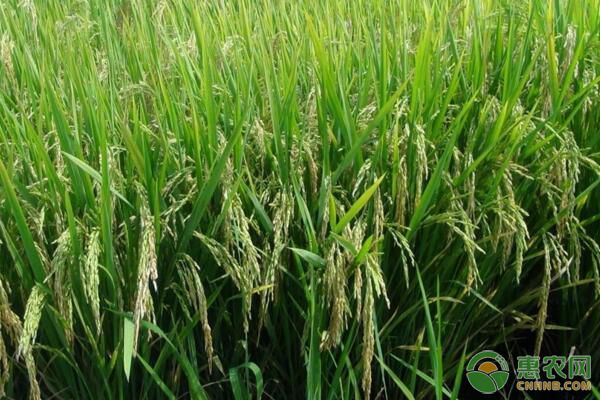Problems in the production of direct seed rice and measures to improve their production safety
Direct seeding rice refers to rice cultivation methods that directly spread rice seeds in the field without breeding and transplanting. This method was started in Jiangsu Province in China in the 1980s and has been widely promoted in the paddy field in southern China. However, in the process of rapid development, many problems have been exposed, so today Xiaobian says that there exists in direct seed rice production. Problems and measures to improve the safety of their production.

1 Problems in the production of direct seed rice
1.1 Serious pests and diseases
Soil tillage and field irrigation are not sufficient, resulting in more weeds in the planting area, coupled with relatively extensive field management, resulting in significant pests. These insect pests can cause the seedlings to be eroded by the adults in the leaf heart close to sleep, resulting in the growth of the rice plants as a whole is relatively slow or stopped, affecting the subsequent heading and maturity, which leads to poor growth of the whole seedlings.
1.2 The quality of seeding is unstable
Direct seeding rice has higher requirements for seeding technology and overall situation, but in the actual planting process, most of the extensive field management human resources are lacking, lack of professional technology, and the seed treatment is not perfect, which will lead to The final emergence rate is relatively low, or the large seeding rate leads to a large field density, which makes the direct seeding rice prone to plant lodging.
1.3 Planting cost increase
Weed species have more varieties and rapid growth, which will affect the growth of direct seedlings. When the weeding work is carried out, the optimal medication time is missed, so that the efficacy is lowered, and in the case of seriousness, phytotoxicity may occur, which in turn leads to an increase in the cost of weeding and a decrease in the effect.
1.4 Improper management of fertilizer and water
The root system of direct seeding rice is shallow, the tillering power is strong, and it is easy to interfere with grass. Therefore, it is necessary to make flexible adjustments based on the growth situation in water and fertilizer management. Some growers are relatively inferior in the use of nitrogen fertilizer, and lack professional guidance.

1.5 The possibility of hybrid rice is high
The frequency of direct seeding live broadcasts will increase, which will lead to an increase in the possibility of hybrid rice, which will reduce the emergence rate, affect the yield and quality of live broadcast, and affect the overall planting value.
2 Direct seed rice production management countermeasures
2.1 Pay attention to the promotion of live rice production
Going deep into the grassroots level, guiding farmers' groups to understand Internet technology, knowing how to use intelligent technology to receive relevant information; arranging relevant work instructors at the grassroots units, implementing technical supervision and guidance; implementing seed, weeding, weeding, water and fertilizer management, timely Correct the mistakes and ensure the efficient and high quality of the planting work.
2.2 Preferred varieties
When planting and seeding, the specific conditions of local direct seeding rice growth, ensure the selection of species according to local conditions, fully improve the yield of direct seeding rice according to local precipitation, temperature and light conditions; ensure the disease resistance and resistance to grass damage, and properly use the insects And herbicide drugs.
2.3 Implement early planting
Do a good job of planting and harvesting other planting crops on the land in advance, avoiding the seasonal conflicts in the planting of direct seeding rice caused by the delay of planting of the previous crops; do a good job of seeding management of farmers and ensure that the live broadcast is completed by June 10.

2.4 Guaranteed live broadcast quality
Before planting, we must do a good job in land preparation management to ensure that the fields are smooth, soft and hard. We will do a good job in seed treatment, technical demonstration, demonstration of new drugs, and seed coating treatment technology to ensure high-quality seeds.
2.5 Normative management of water and fertilizer management
After sowing, ensure that the soil is kept moist. In the 6-leaf stage, the dehydration is carried out in a light manner, and the rate of emergence is increased. The water treatment is maintained for 7-10 days before harvesting to avoid premature aging caused by premature dehydration; Good irrigation to achieve temperature regulation, reduce low temperature damage; do a good job of precise control of fertilization, avoid excessive risk caused by population intensification and serious lodging; fertilization should be well controlled by nitrogen fertilizer and appropriate use of potassium fertilizer, in the application of nitrogen fertilizer On the top, base fertilizer accounts for 30%, weaning fertilizer accounts for 10%, tiller fertilizer accounts for 20%-30%, and panicle fertilizer accounts for 30% for 2 times.
2.6 In addition to pest control and grass control
According to the grass situation, the herbicide selection should be done; for the weedy rice, the field should be kept ploughed first and then broadcast live; the field pest observation work should be done, and the corresponding drugs and other control treatments should be adopted for the pests in different periods.
Mulch Films are a revolution in the agriculture industry as it presents an economical and environment friendly protective solution for crops and soil. It not only maintains the quality of soil but also aids in the faster growth of plants. By reflecting light, it ensures control on growth of weeds as photosynthesis process will not be carried out.
Mulch Film,Sliver Black Mulching Film Sheet,Mulch Film For Greenhouse,Polyethylene Mulch Film
JIANGSU SKYPLAN GREENHOUSE TECHNOLOGY CO.,LTD , https://www.greenhousehydroponic.com